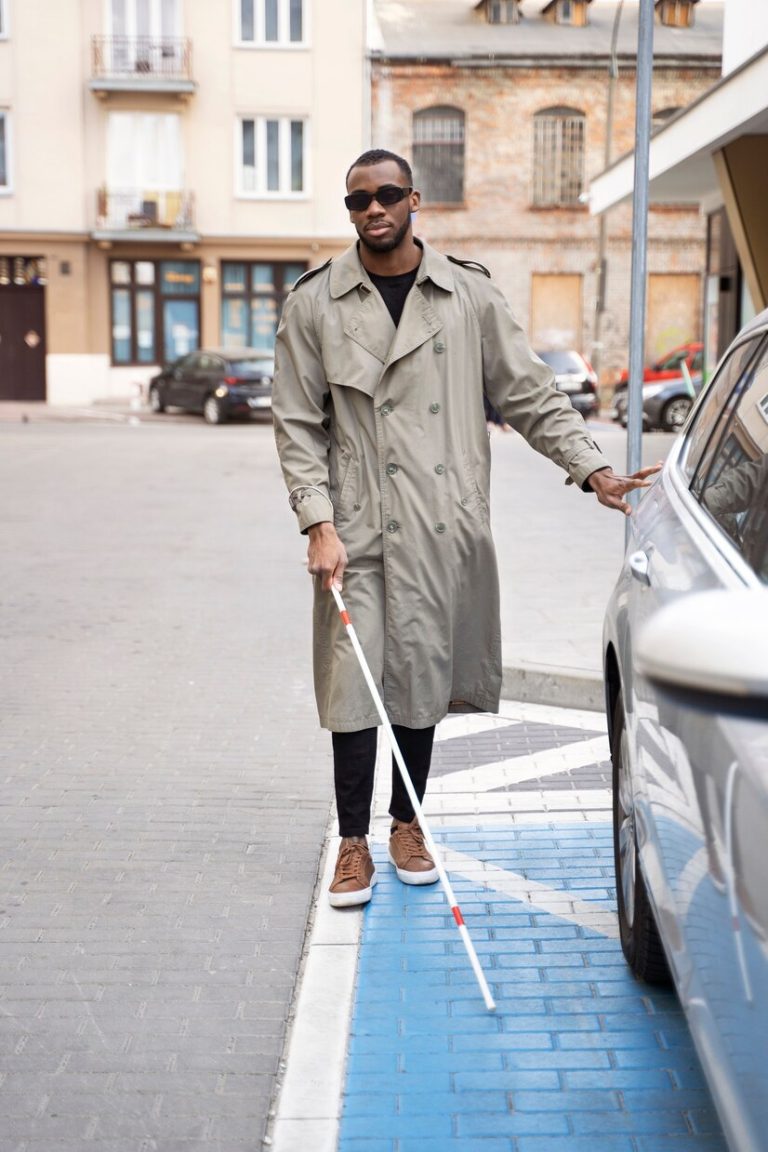In a world where access to information is crucial, it’s imperative to ensure that everyone, including individuals with visual impairments, have equal opportunities to engage with literature and educational materials. For blind communities, traditional printed texts are often inaccessible, making it challenging to pursue education and enjoy recreational reading. However, with advancements in technology and innovative approaches, there are now various essential reading materials available to cater to the unique needs of the blind. This article explains some of these resources and their significance in empowering the blind community.
Braille Books and Texts
Braille remains one of the most fundamental reading materials for blind individuals. Braille books provide a tactile reading experience, allowing people to access a wide range of literature, from textbooks to novels. Libraries and organizations worldwide offer extensive collections of braille materials, ensuring that blind readers have access to essential educational resources and recreational reading materials.
Audio Books and Podcasts
Audio books and podcasts have revolutionized the way blind individuals consume literature and information. With the proliferation of digital platforms and streaming services, blind readers can access a vast library of audio content, including popular novels, academic texts, and informative podcasts. Services like Audible and Bookshare offer extensive catalogs of audio books, providing blind individuals with convenient access to a wealth of reading materials.
Electronic Braille Displays and Refreshable Braille Technology
Electronic braille displays and refreshable braille technology have significantly enhanced accessibility for blind individuals. These devices feature dynamic braille cells that can be electronically refreshed, allowing users to read digital content in braille format. With electronic braille displays, blind readers can access digital books, documents, and online resources with ease, making it possible to engage with a wide range of written materials in a format that suits their needs.
Accessible Digital Libraries and Online Resources
The internet has become an invaluable resource for blind individuals seeking reading materials. Accessible digital libraries and online platforms offer a wealth of resources in various accessible formats, including braille, audio, and text-to-speech. Organizations like the National Library Service for the Blind and Print Disabled (NLS) provide free access to digital books and magazines, ensuring that blind readers have access to a diverse selection of reading materials across genres and topics.
Conclusion:
From traditional braille books to modern digital resources, there is a wealth of essential reading materials available to cater to the diverse needs of blind communities. By embracing innovative technologies and promoting accessibility initiatives, we can ensure that blind individuals have equal access to education, information, and recreational reading materials. Whether it’s through Living Paintings books for the blind, audio content, electronic braille displays, or online resources, these essential reading materials play a vital role in empowering blind individuals and fostering inclusivity in our society. Let’s continue to advocate for accessibility and work towards a world where everyone has the opportunity to read, learn, and grow, regardless of their visual abilities.


